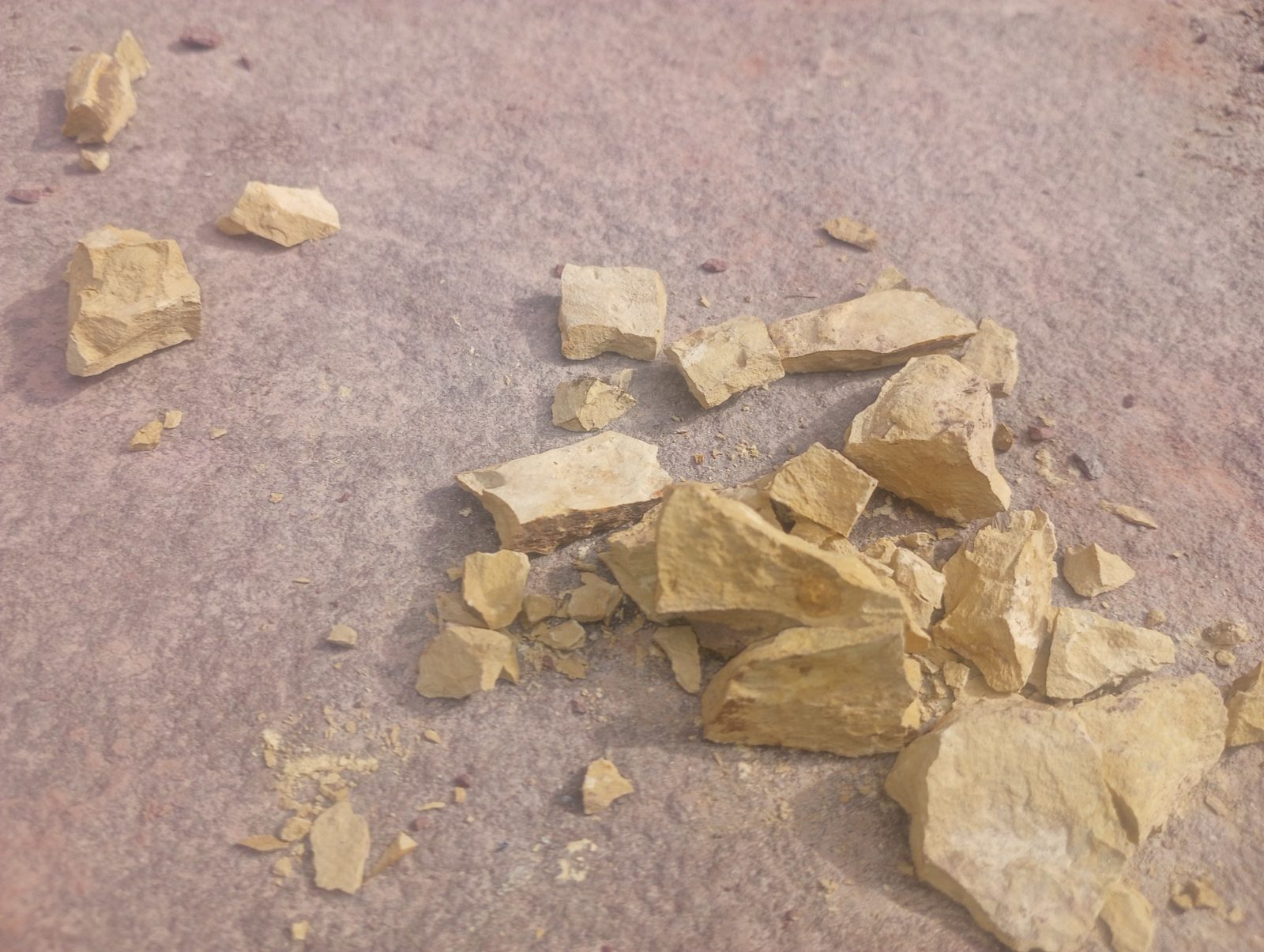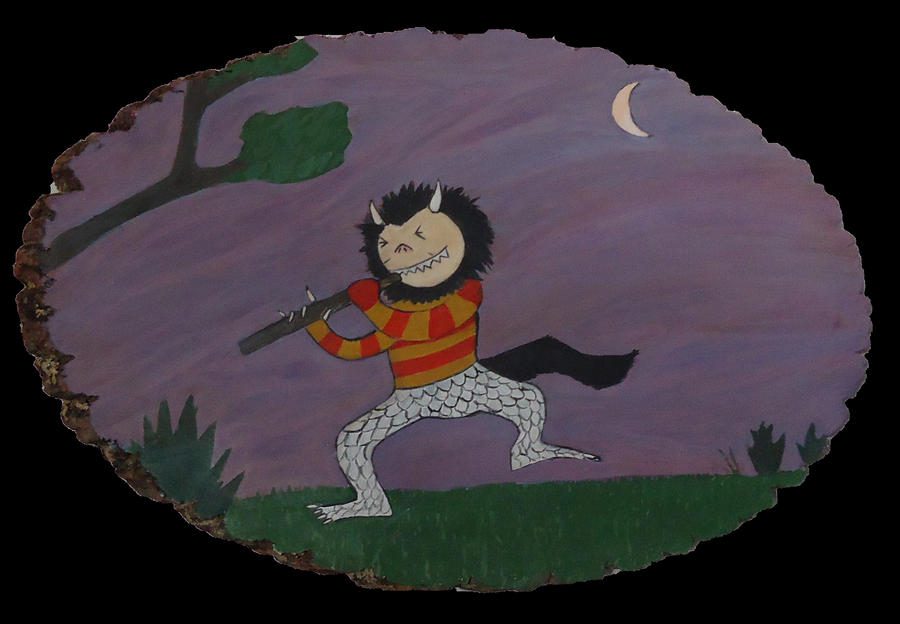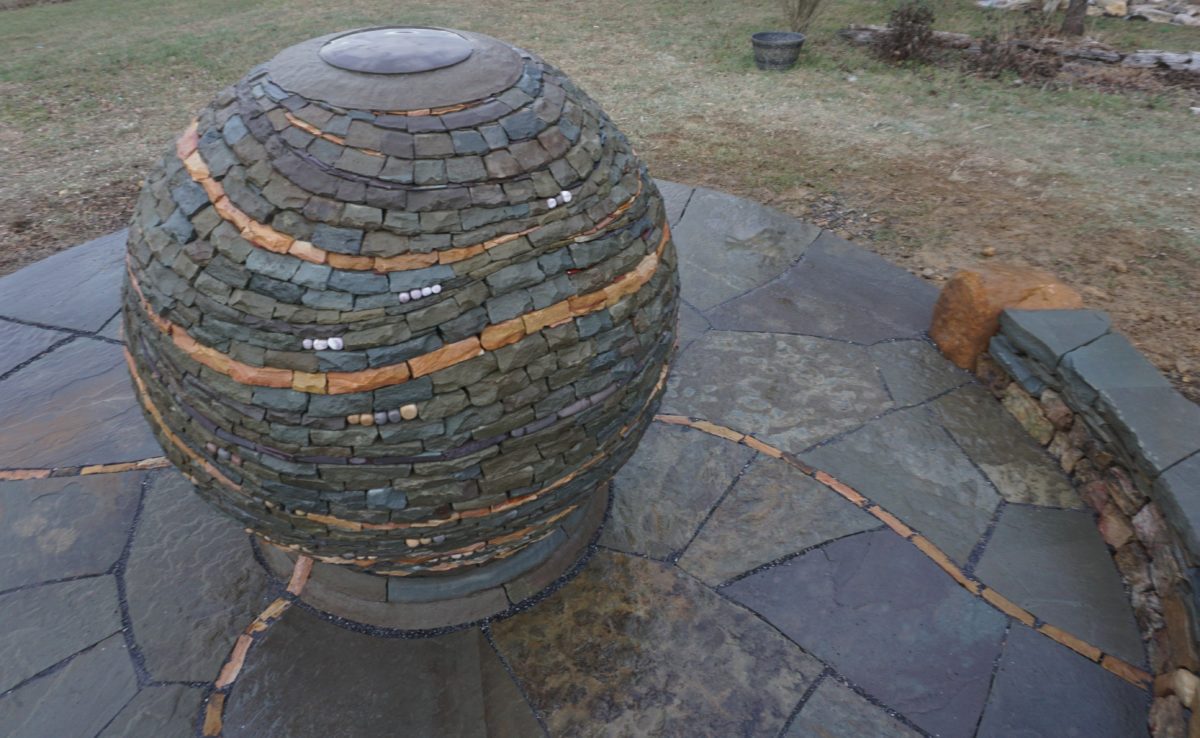Devin Devine, natural material artist based out of Pennsylvania
devin@devineescapes.com
An earlier version of this article was posted on my poetry website, devindevine.net Re-posting it here now, because I’ve been developing another natural paint medium–silicate based paint. This is a paint medium made from sand! I’ll be posting a tutorial for how to make home made silicate paints within a week or two. For now, let’s learn about how to make high quality artist paint medium, from egg yolk.
Some people like to paint on rocks and leave them outside. Usually it’s positivity…flowers, butterflies, love, be kind etc.
Okay. But it’s acrylic paint that’s used. Acrylic means plastic. Acrylic is liquid plastic. Hey, my house is painted in acrylic, most everyone’s is–I’m not judging or here to make you feel bad. This is a helpful post. And it’s a post about artist paints–we can discuss natural housing painting (milk paints, oil paints and lime washes) another time.
Your painted rock is lovely, but it’s also helping to contaminate the neighborhood with plastic, as sun and rain wear off toxic molecules and what-not. The harmonious good vibe that you feel from being outside–it’s because you’re surrounded by nature where there are less voc’s (volatile organic compounds. It’s what the indoors are full of).
But now that good rock, instead of shooting negative ions at you (negative ions are good……) now it’s gooped up in plastic and it’s shooting voc’s into the neighborhood. Live, laugh, love.
The Good News: natural artist paints are EASY to make!
1 part egg yolk, 1 part water, a drop of vinegar to keep it workable for longer and a pinch of iron oxide pigment and/or ochre pigments–that’s all you need to make good eco paint for your outdoor rocks. Yes, traditional gesso is a long process, to allow you to paint egg tempera on wood–but the paint works well on rocks and paper too. IDK what conservationists may have to say….but all my egg tempera paintings still hold up well, and I’ve been doing this for 20 years now.
- Create the paint medium
Crack open an egg. Sift that egg through your fingers letting the white run out, leaving behind the yolk. Pinch that yolk gently by the yok sac and hold that sagging little orange ball up and then piece that yolk sac with a knife, letting the yolk drizzle down into a bowl. Add 1 table spoon water and one drop vinegar. Mix it up. There you go!
(HINT, fresh eggs work better. Chickens that walk around in nature eating bugs and plants produce better eggs, better for eating–or painting)
- Add pigment
Reach into your container of natural pigments with a spoon or something and bring out some of that colored powder. Add it to the medium which you created in step 1. Mix it up. Some pigments, like iron oxide blue and lamp black for example, don’t mix easily with water. In that case, add some rubbing alcohol and the pigment will dissolve more easily.
You can buy mineral pigment here. Or crush up a colorful stone, or dry up a strongly pigmented clay and crush it up. I bought myself a bunch of 1 pound bags of pigment direct from the real milk paint company years ago. Flowers, though colorful….are more suited to home made inks. More on home made inks–in another post. In the future!

Soft yellow stones, that I collected in Southern Virginia, while creating a dry stone sculpture. These stones are soft enough that they can be used to write with, like chaulk–they crush up into pigment powder easily. What I do is wrap the stones in a bandana and crush with a hammer–a mortar and pestle might be a more elegant way, I’ll admit. For harder stones–I use a hand brace drill and just drill through the stone, to create pigment.
Get the eggs from your own chickens, or neighbor’s.
- Use the paint!
That’s it. Basically a two step process. You can add a drop of vinegar, which allegedly helps extend the life of the paint. I usually have my mixed-up paints all in a few little vessels (baby food jar lids, sea shells, whatever) and I’ll place these paint vessels in a bowl with ice. The ice will help keep everything cool, so the paint stays fresh for longer.
When you are using the paint, after an hour or so, the paint may begin to dry, to harden. It may also begin to smell. Oh no, sounds terrible, right? No, the paint begins to drag, to not flow as smoothly on your paint brush, letting you know it’s time to mix up new medium, before the smell really happens.
Using the paint
Egg tempera is a great medium. You can water it down as much as you like, to create watercolor-like effects. Or paint thicker and enjoy the paint’s gauche-like matte finish. Or paint thicker and varnish later, for oil color-like effects.
You can even mix egg tempera with watercolor paints–or with oil paint. Tempera grassa is the name for oil paint mixed with egg tempera. The egg yolk, is itself an emulsion–an emulsion is oil suspended in water. As such, it can mix with oil and/or water.
Don’t have pigments on hand? You can dip your toes into the world of egg tempera right now, by getting out your watercolor paints, or your oil paints–and mix them with egg medium.
The qualities of egg tempera paint
It dries fast. Faster than watercolor, the drying is immediate. It will take longer though, if you’re mixing it with oil paint or adding a drying oil to your paint (to make tempera grassa)….but nowhere near as slow as oil paint itself. BTW, we’ve used walnut oil from the grocery store to make oil paints, using mineral pigment. A decade later, these are holding up quite nicely. Will write a post on home made oil paints, soon enough.
A note on white paint
The egg yolk will make your white paint look yellow, when mixing it–but it will still dry white! The reason for this is because egg yolk is yellow (you knew that) but it dries clear.
Paint surfaces for egg tempera

When I first researched home made natural paints–I came up with very little good info. Eventually I found info for egg tempera, and was much grateful. But every website said you had to paint on wood, which had to be gessoed first. That is to say, you had to coat the wood with rabbit skin glue (which you have to mix up and cook up and use hot. It’s like jello), then mix up rabbit skin glue with marble dust and do like 10 coats or something. Paint a coat of gesso, then wait 20 minutes to an hour, to wait for it to dry, then repeat 10 times. Allegedly you couldn’t use paper as a surface. To my experience however– thick water color paper works just fine for egg tempera.
Furthermore stone makes a great surface–and here I believe is my one real contribution to this subject–using egg tempera to paint on stone. For me, this works out great, since i build flagstone patios for a living, I regularly have tons of leftover stone that is nice and flat, ready to be painted.
New Article: natural stone benches on the Main Line

Tempera Paint, on log slice. Available. Contact devin@devineescapes.com
Related reading: the Organic Artist, by Nick Neddo
Great book. Here, I learned how to make my own inks and charcoal sticks. In my opinion his information on how to make egg tempera paint was not the best, not the most extensive and it doesn’t make as nice of paints as my way. Hence the need for the present article! However, the book certainly is great, and contains a broad selection of many different type of art materials that you can make, from materials collected in the forests near your home, with mostly easy to follow instructions.
Amazing book, I give it 5 thumbs up!
PS no harsh feelings are intended towards acrylic painters. In my work, I’ve used glues, cements, all sorts of unsavory products. But we try, and that’s the reason for this article. The Earth has provided us with excellent artist materials and awesome building materials….and it is good for us to enjoy and appreciate these.

Thank you
I stack stones, and do mosaics too:

Trackbacks/Pingbacks